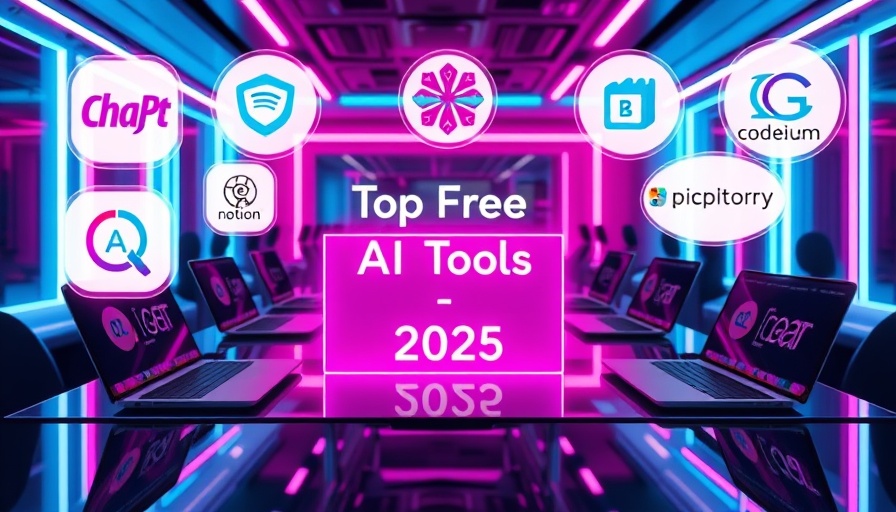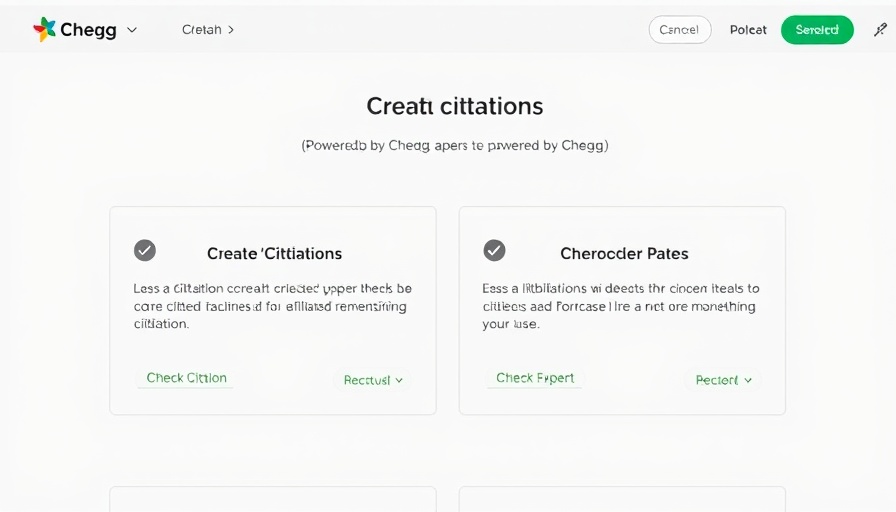
Discover the Best Free AI Tools in 2025
The world of artificial intelligence is rapidly evolving, and 2025 is shaping up to be a landmark year for innovative AI tools that can transform the way we live, work, and create. Whether you're a student, a professional, or just someone curious about AI, there’s something here for everyone. Here’s a selection of some of the most exciting free AI tools available this year, all without the need for a credit card.
1. AI-Powered Writing Assistants
AI writing assistants have become essential for anyone looking to enhance their writing. Tools like Grammarly and Writesonic not only help polish your grammar but also provide suggestions to enrich your vocabulary and improve sentence structure. In 2025, these tools are expected to integrate seamless collaboration features allowing users to co-write and edit in real-time, making group projects even smoother.
2. Virtual AI Tutors
AI tutoring platforms like Khan Academy and Duolingo continue to make waves by personalizing the learning experience. As AI technology progresses, these platforms are continuously evolving to offer tailored lessons that cater to your specific learning pace and style. With real-time feedback and interactive lessons, students can dive deeper into subjects without the traditional pressure of a classroom setting.
3. Design and Creativity Tools
For those in the creative field, AI design tools like Canva and DALL-E remain top contenders for designing stunning graphics effortlessly. With the emergence of AI that can generate images based on textual prompts, creativity knows no bounds. They allow users to turn their imaginative ideas into reality with just a few clicks, making design accessible to everyone regardless of skill level.
The Rise of AI in Everyday Life
AI is changing more than just writing and design; it’s ingraining itself deeper into our daily routines as well. Smart assistants like Google Assistant and Alexa have paved the way for AI to handle everyday tasks, from setting reminders to controlling smart homes. In 2025, expectations are set high for even greater integration, allowing AI to learn more about our preferences and streamline our daily activities seamlessly.
Understanding the Implications
As AI tools become more integrated into our everyday lives, it’s crucial to understand their implications, especially regarding privacy and the authenticity of content. While tools that help bypass AI detection systems, like the one available at prompt2human.com, may be appealing, it raises ethical questions about content creation and originality. As users, being aware of how we leverage AI tools empowers us to use them responsibly.
Your Future with AI
The technological landscape is rapidly changing, and AI is at the forefront. Embracing these free tools can unlock exciting opportunities for enhancing your skills and creativity. Staying informed about the latest developments in AI also ensures that you’re making informed decisions about how to use these technologies in your personal and professional life.
As we navigate this new frontier, remember to approach new tools with curiosity and caution. The opportunities are immense—don't hesitate to explore and find what works best for you.
 Add Row
Add Row  Add
Add 




Write A Comment